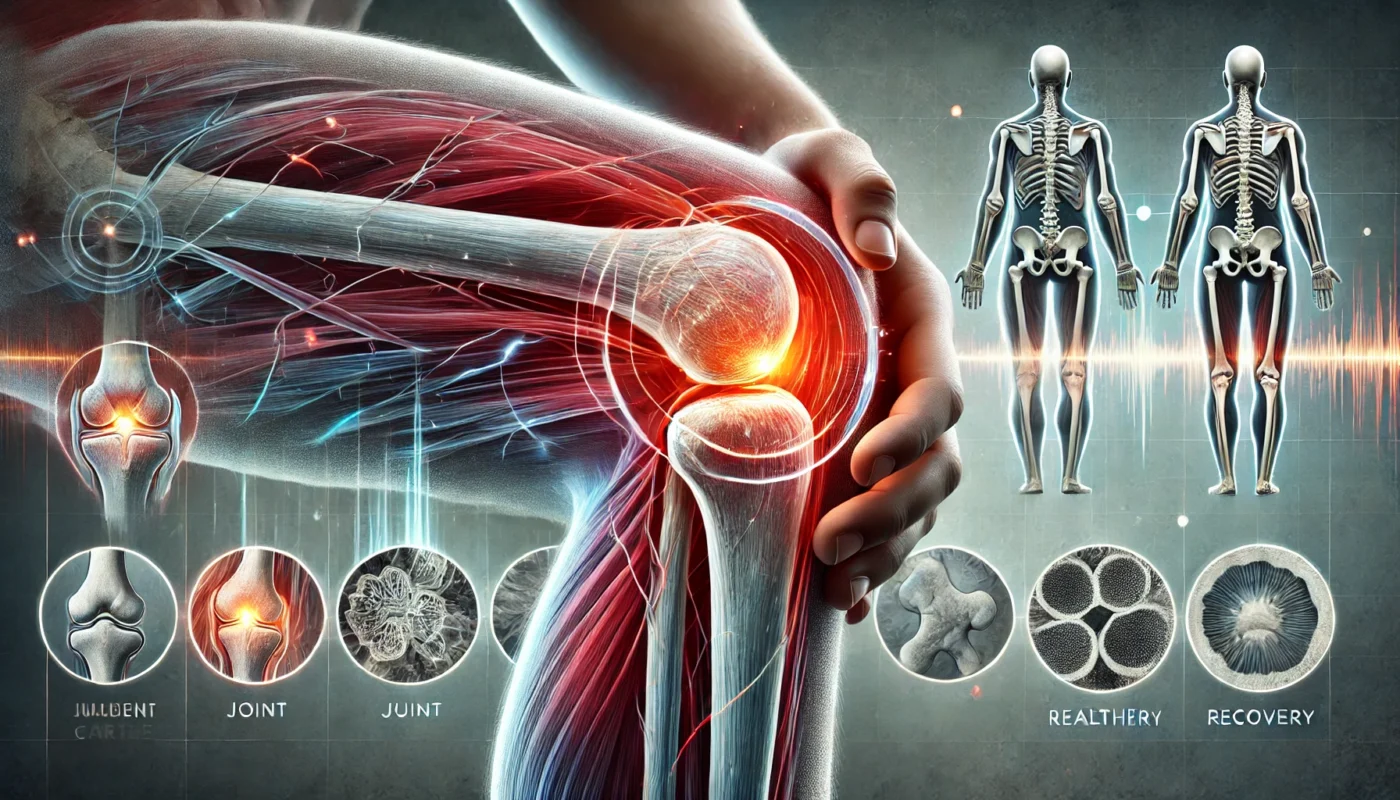Before crafting a pain care plan, it is crucial to differentiate between acute and chronic pain, as they require different interventions.
Tag Archives: chronic pain
Pain management is a crucial aspect of healthcare, aimed at improving quality of life for individuals suffering from chronic pain. However, there are times when patients might find themselves discharged or denied from pain management programs due to various reasons. This can be disheartening, but it’s important to know that there are other avenues to explore.
Whether you’re dealing with chronic pain, recovering from an injury, or simply seeking to maintain optimal health, the enhanced effects of electrical acupuncture could be the key to unlocking your body’s healing potential. Always consult with a healthcare professional to explore how this therapy can be tailored to meet your specific needs.
This innovative blend of tradition and technology offers a holistic approach to health, catering to the diverse needs of modern society. As awareness and understanding of electroacupuncture grow, more individuals may find relief and healing through this powerful therapy.
Pain is a universal experience. It’s a signal from our body that something is not right.
Over-the-counter (OTC) pain relievers are often our first line of defense. They are readily available and can effectively manage various types of pain.
But with so many options, how do you know which one is the best for you?
This article aims to shed light on this question. We will delve into the world of OTC pain relievers, comparing their effectiveness, uses, and potential side effects.
We will focus on the most common ones: acetaminophen, ibuprofen, naproxen, and aspirin. We’ll explore their mechanisms of action and their suitability for different types of pain.
Whether you’re a fitness enthusiast dealing with muscle pain, a health enthusiast seeking to optimize your wellness, or a medical patient managing a health condition, this article is for you.
By the end, you’ll have a comprehensive understanding of OTC pain relievers. You’ll be equipped to make an informed decision about managing your pain effectively and safely.
Pain is a universal human experience. It’s a complex phenomenon that can significantly impact our quality of life.
For many, managing pain is a constant struggle. Traditional pharmaceuticals, while effective, often come with side effects and the risk of dependency.
This has led many to seek out alternative, natural methods of pain relief. One such approach is naturopathic pain relief.
Naturopathic pain relievers encompass a wide range of treatments. These include herbal remedies, dietary supplements, and lifestyle changes, all aimed at alleviating pain and promoting overall wellness.
In this article, we will delve into the world of naturopathic pain relief. We’ll explore the science behind these methods, and how they can be used to manage pain effectively.
Whether you’re a fitness enthusiast seeking to optimize recovery, a health enthusiast looking to broaden your understanding, or a medical patient in need of practical tips, this article is for you.
Join us as we explore effective naturopathic pain relief options. Let’s embark on a journey towards a healthier, pain-free life.
Pain is a universal experience. It’s a signal from our body that something is not right.
Yet, managing pain can be a complex task. Over-the-counter (OTC) pain relievers are often the first line of defense.
But what if you’re looking for the strongest over the counter pain reliever that’s not an NSAID? Perhaps you’re allergic, or you’re concerned about potential side effects.
This article is here to help. We’ll delve into the world of non-NSAID pain relievers, exploring their benefits, risks, and how they work.
Our goal is to empower you with knowledge. So you can make informed decisions about managing your pain effectively.
Let’s embark on this journey towards understanding and choosing the right over-the-counter pain relief for you.
Osteoarthritis (OA), a degenerative joint condition, affects over 32.5 million adults in the United States alone, making it one of the most common causes of chronic pain and disability. Characterized by cartilage degradation, inflammation, and joint stiffness, OA often diminishes quality of life, particularly in older adults. As modern medicine explores alternative and complementary therapies, […]







